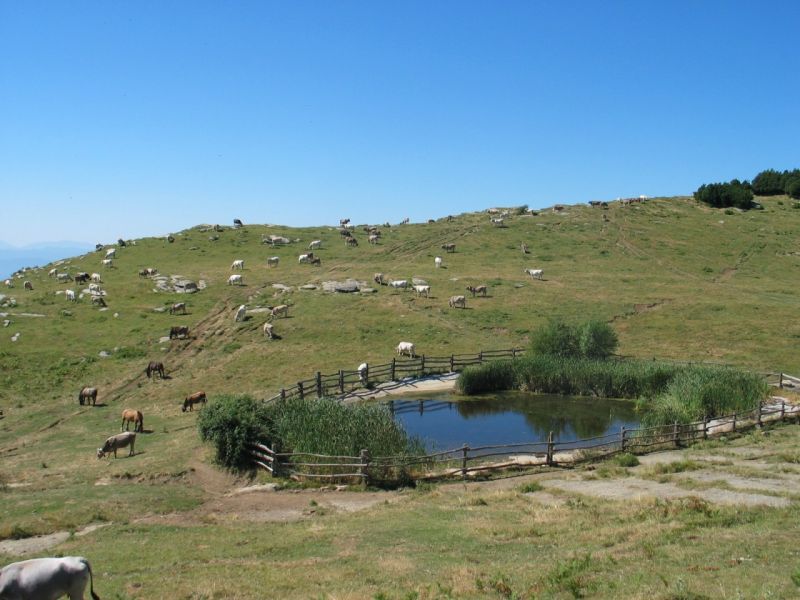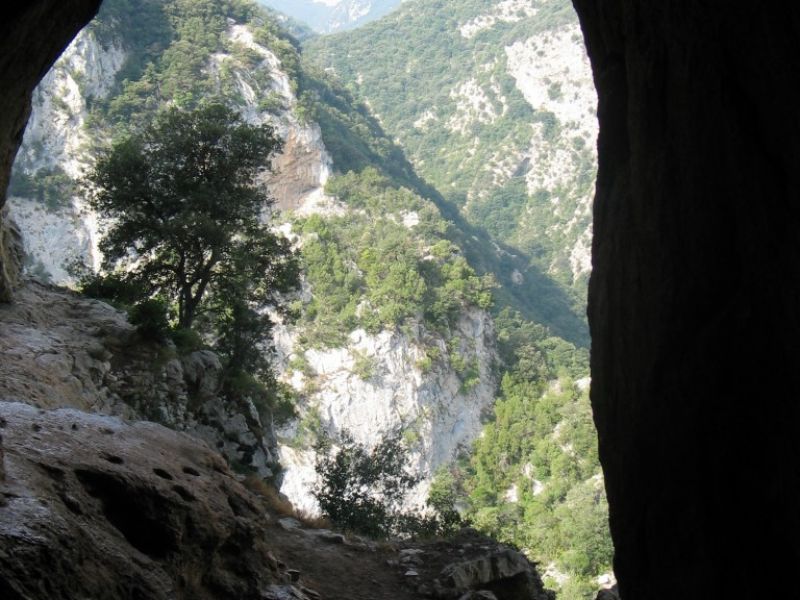Alta Garrotxa
Environment
A 10-35 Km
Alta Garrotxa
The term garrotxa in Catalan means “land of rough and tough tracks”. The extremely abrupt topography of the Alta Garrotxa has shaped the landscape, vegetation, fauna and human settlements throughout history and has allowed the continuation of a relatively isolated natural space that preserves an important biological richness. This exceptional relief gave origin to the deep valleys enclosed by long and rocky cliffs that characterise the region.
The Alta Garrotxa region engulfs the counties of El Ripollès, La Garrotxa and L’Alt Empordà. Within La Garrotxa county, the Alta Garrotxa includes five municipalities. The region was declared Space of Natural Interest and designated Zone of Special Protection for Birds in the Nature Network of 2000 and is managed by the Alta Garrotxa Consortium.
The region also exhibits spectacular forestry, dominated by oak holms and common oaks, and a rich cultural heritage, including but not limited to archaeological sites, farmhouses, hamlets, hermitages, and charcoal-making sites. It was also here where one of Marià Vayreda’s best-known novels, La Punyalada (The Stab), was set. This is a story of blood and fire, passion and love, and centred on the soil and country.
In the Alta Garrotxa there are 6 main walking itineraries that pass through the area’s most interesting places. All of them are signposted and can be easily followed with the help of information sheets. There is also the signposted route Trepitja Garrotxa, conceived as an ultra-trail.
Most of Alta Garrotxa’s walking routes a have linkages to other walking routes such as those from Itinerànnia, allowing you to easily reach any other point in the Garrotxa, Ripollès or the Alt Empordà.
Exploring these routes on foot is the best way to enjoy to the interior of the Alta Garrotxa; to ensure the quality of visitors experience traffic is regulated around the villages of Sadernes and Sant Aniol during the busiest visitor periods. Specifically, the Sadernes road is closed all weekends and holidays from 15th of March to 30th of November, as well as entirely during the months of July, August and September. A large carpark is available at the foot of the road that is closed to traffic.




